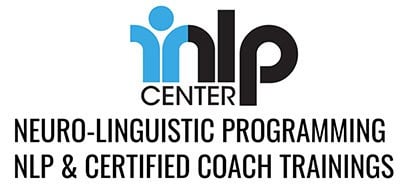I’m not here to tell you that non-verbal communication is more influential than verbal communication. You already know that, right?
Yet, how can you harness the power of non-verbal communication without spending years studying it? You’ll have four great ideas by the end of this short post.
It all begins with congruence. Congruence occurs when you are aligned on the inside and out. In other words, there is no inner conflict or signs of hesitation. When you are congruent, you are powerful.
Congruence is a rare state. If you observe people around you, you’ll probably witness more signs of hesitation, uncertainty and inner conflict.
For example, when someone tells you that they are excited about something, but their voice is flat and lifeless, you know that they aren’t actually feeling excited, correct?
Their verbal communication (words) says “Yes, I am excited.” Their non-verbal communication (voice tone) says “Yeah, whatever.”
Non-verbal communication tells the real story – more so than the words we speak.
It is our tone of voice, facial expression, gestures, eye movements and other non-verbal behaviors that reveal what’s really happening on the inside.
Of course, when your spoken words match your non-verbal communication, then you are congruent.
Why is congruence such a powerful thing?
For the same reason that backing your words with behavior is powerful. When you say what you do and do what you say, you naturally gain respect.
When you walk your talk, you become credible. You’re being genuine when your words and behaviors line up to deliver a single message.
When your non-verbal communication does NOT match your verbal communication, then you’re sending (at best) a conflicting message.
So, here’s the real takeaway: Non-verbal communication is behavior. If these non-verbal behaviors (facial expressions, voice tone, gestures, etc…) don’t match your spoken words, then you are sending mixed messages by default.
And, we all tend to believe the non-verbal behaviors over the words – even when we respond positively to the words out of politeness or confusion.
So, what do we do with all this? Here are four ideas:
We can actually do tons of things! In NLP, we understand the non-verbal as well as verbal communication and work with them holistically.
1. Let your congruence out. If you’re excited, be excited! If you’re sad, be sad. Stop trying to hide how you think and feel. This way, others will get a clear and unmistakable experience of you. Your needs will be more transparent and more likely to be addressed.
2. If you’re conflicted, be congruently conflicted. No need to hide (in most cases). Just be conflicted. Express your indecisiveness, confusion or struggle. This is a great way to move past them.
3. If you see someone else communicating with inner conflict or lack of congruence (depending on your level of rapport) point it out. This is especially important if you are asking them to do something for or with you. If you have rapport, you can get to the bottom of hidden objections before their inner conflict turns into self-sabotage.
4. Don’t make incongruent decisions. When decisions are important, don’t risk making them in the midst of inner conflict. Imagine: Every important decision in your life is made with eyes wide open and an inner feeling of alignment! This doesn’t guarantee that every move you make will turn out as expected. It does mean, however, that you’ll have fewer regrets and failures.
People who learn NLP know how to respond and help others become more congruent. Consider learning how to recognize congruence or lack thereof and work with it to create powerful states of inner alignment.



